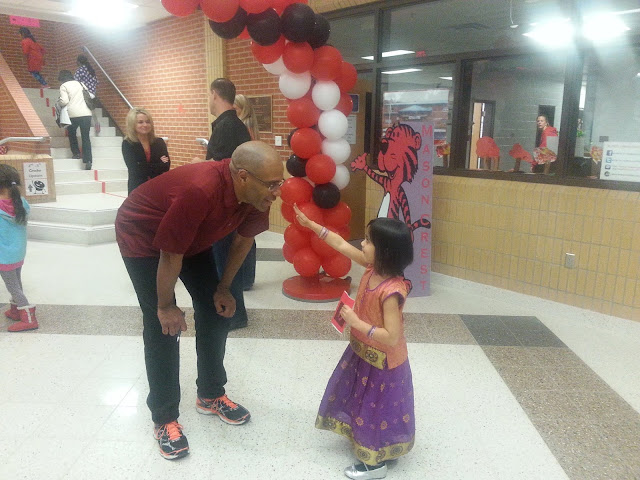What an International Standardized Exam Is Telling Us

Emma Brown of the Washington Post shares in "U.S. students still lag many Asian peers on international math and science exam" results from the most recent Trends in International Mathematics and Science Study , or TIMSS. The article cites David Evans, executive director of the National Science Teachers Association, who says, "...he is now hopeful that new science standards that have been adopted by a growing number of states — and that push students to solve problems and learn about science by doing science — will make a difference, prompting bigger gains in the coming years." Such observation, of course, naturally comes if one only looks at the average scores, and not considering what the exam is all about. It is always easy to point one's finger at the curriculum or how a subject is being taught. But this is wrong. The TIMSS exam is content-based and curriculum coverage is more or less similar across the countries participating in the exam. The curriculum is...















